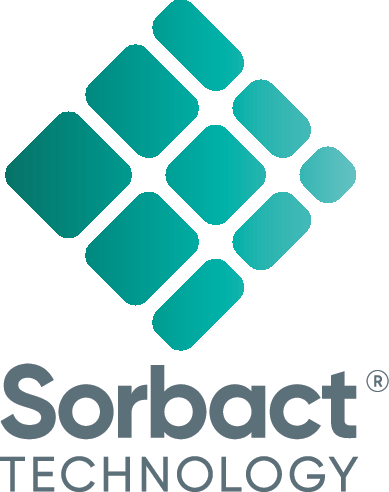is a non-adhesive absorbent gel dressing with bacteria binding action. Cutimed Sorbact Hydroactive consists of a highly absorbent hydropolymer matrix with a Sorbact mesh (Sorbact acetate fabric coated with dialkylcarbamoylchloride – DACC™) and is covered by a semipermeable polyurethane film.
- Treats and helps to prevent wound infections
- Safe removal of bacteria, fungi and endotoxins
- Effective against most common resistant pathogens










